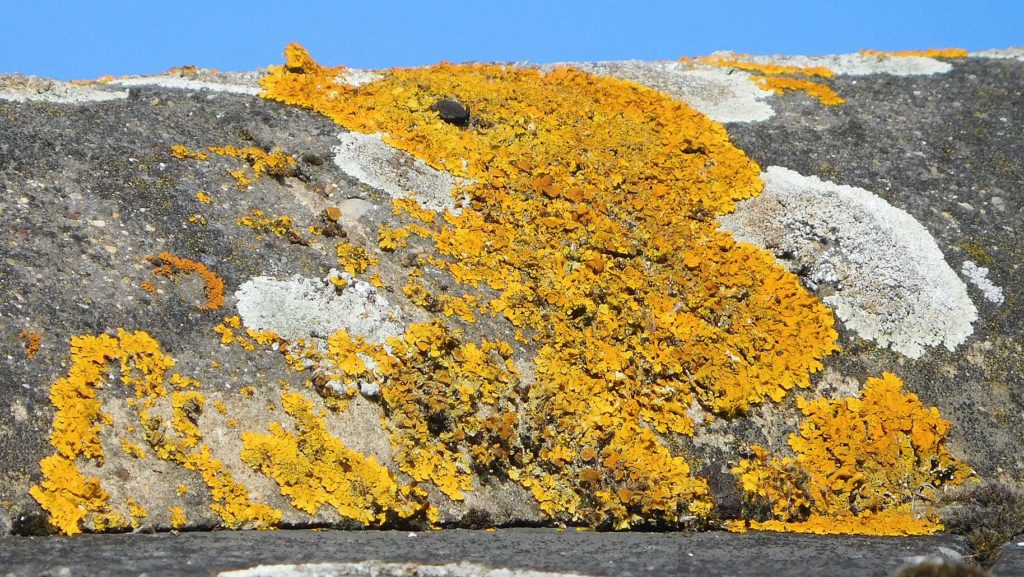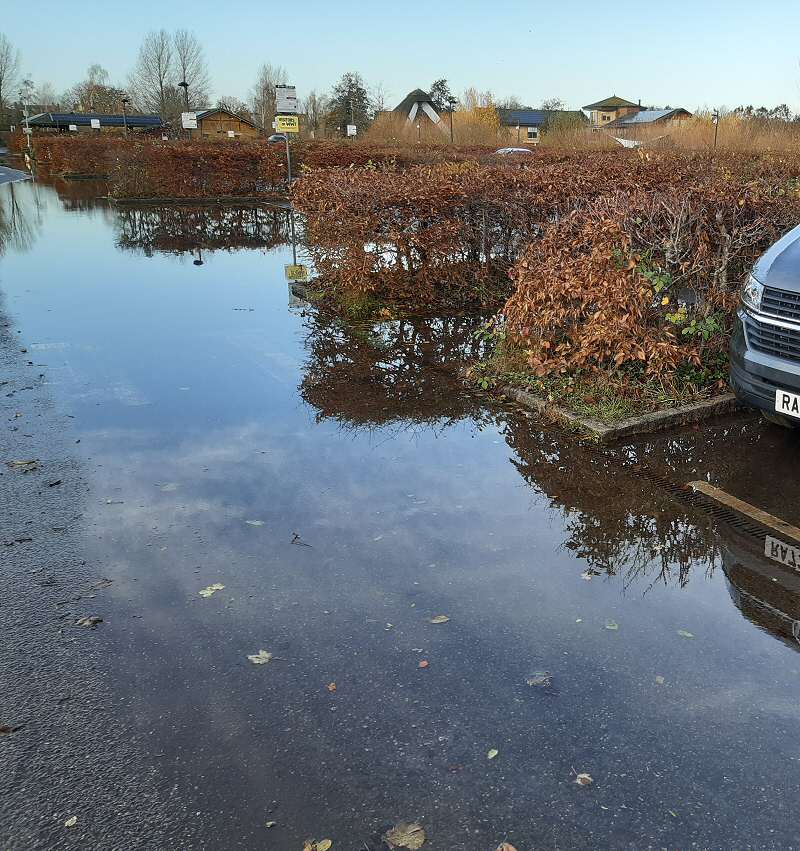
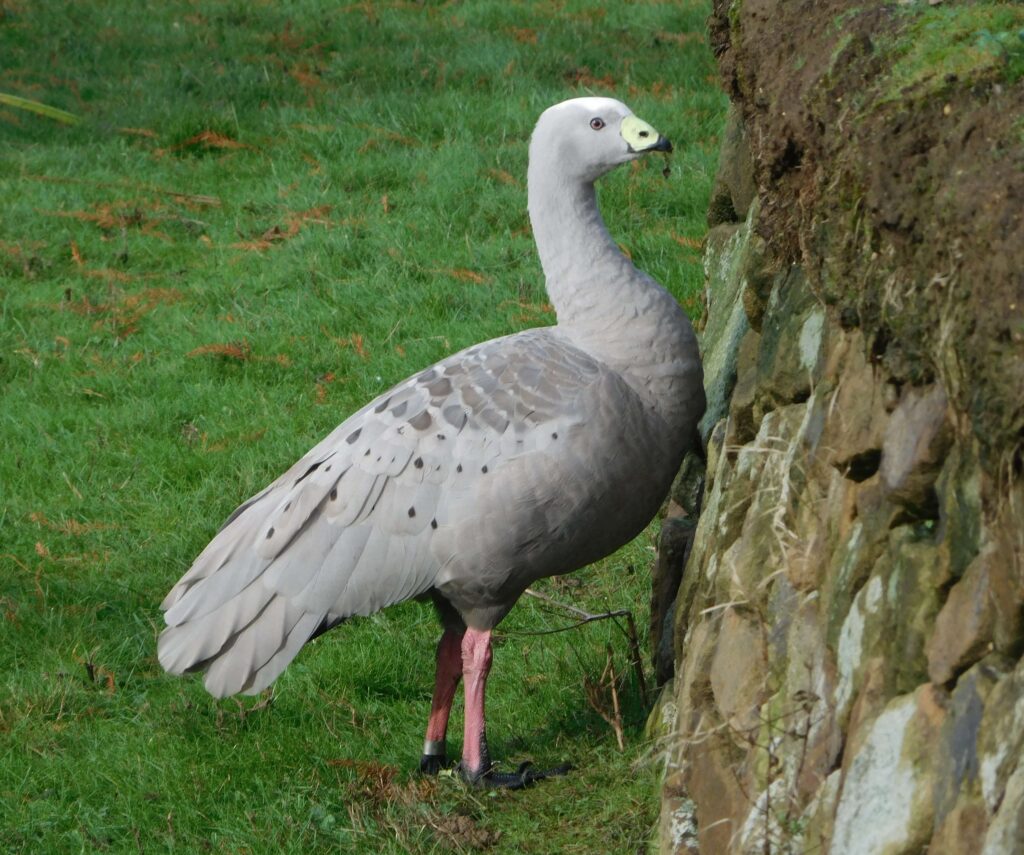
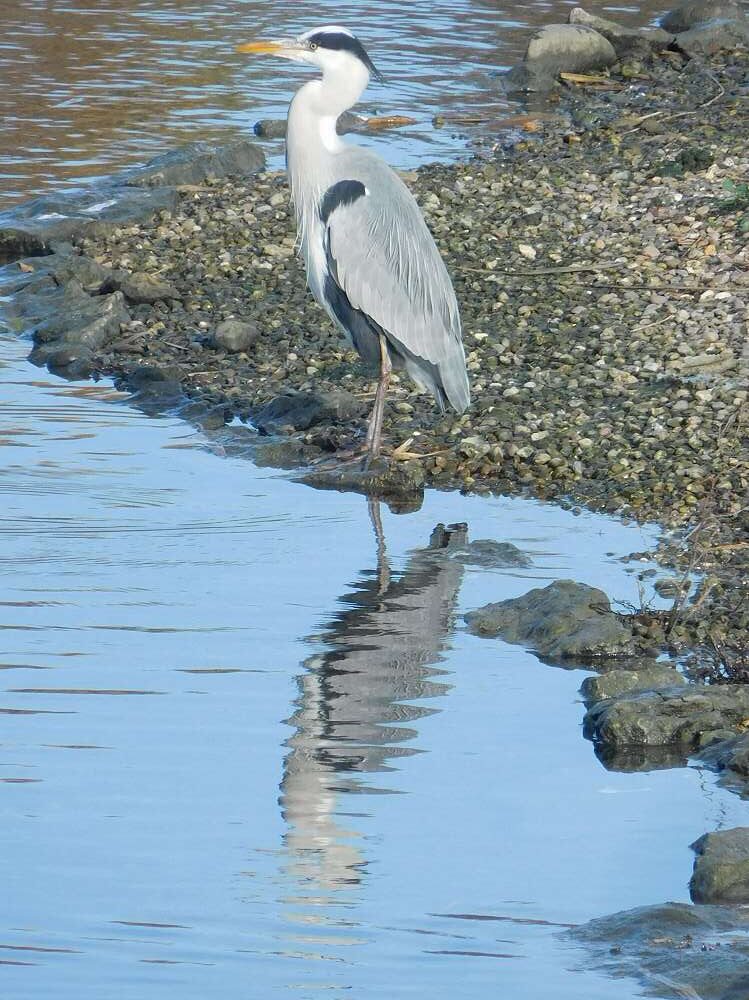
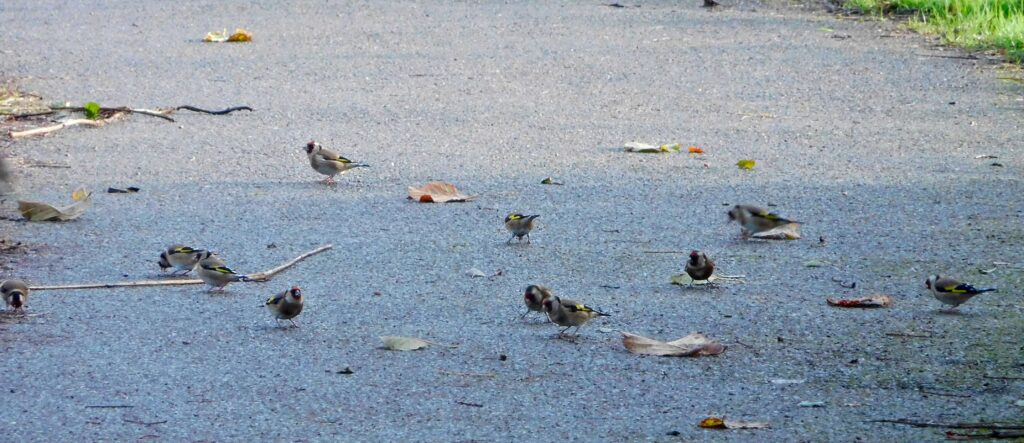
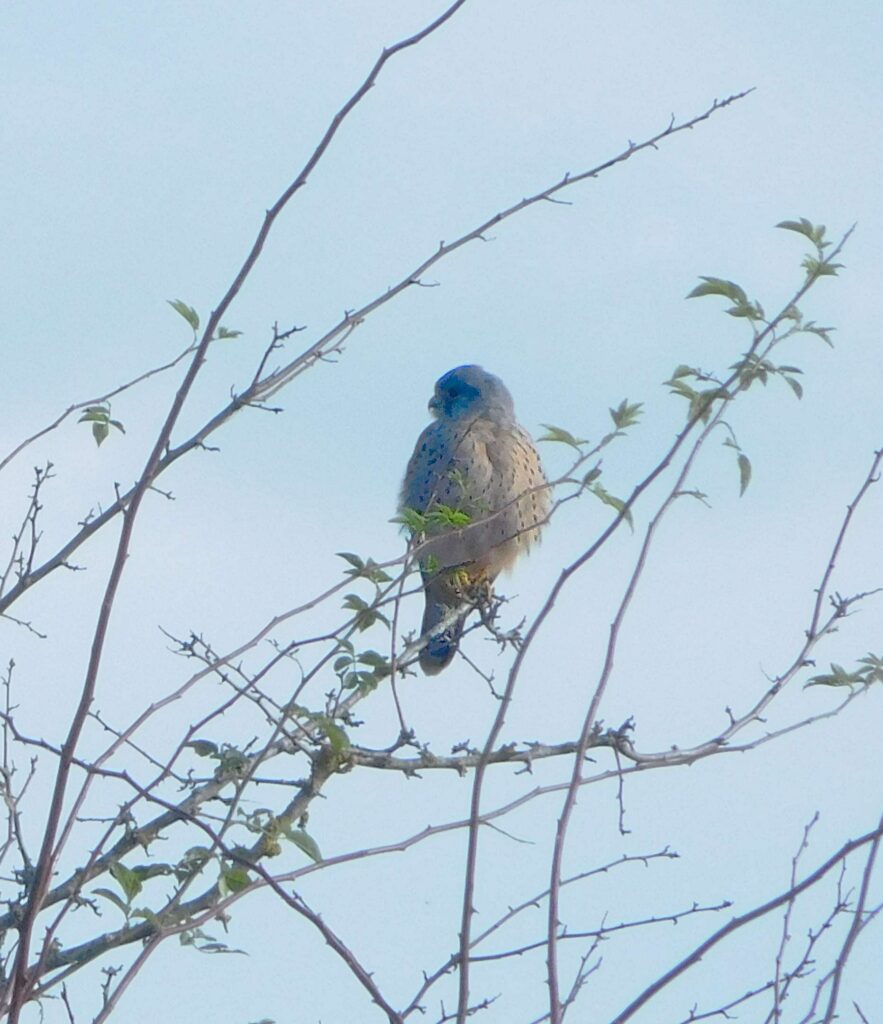
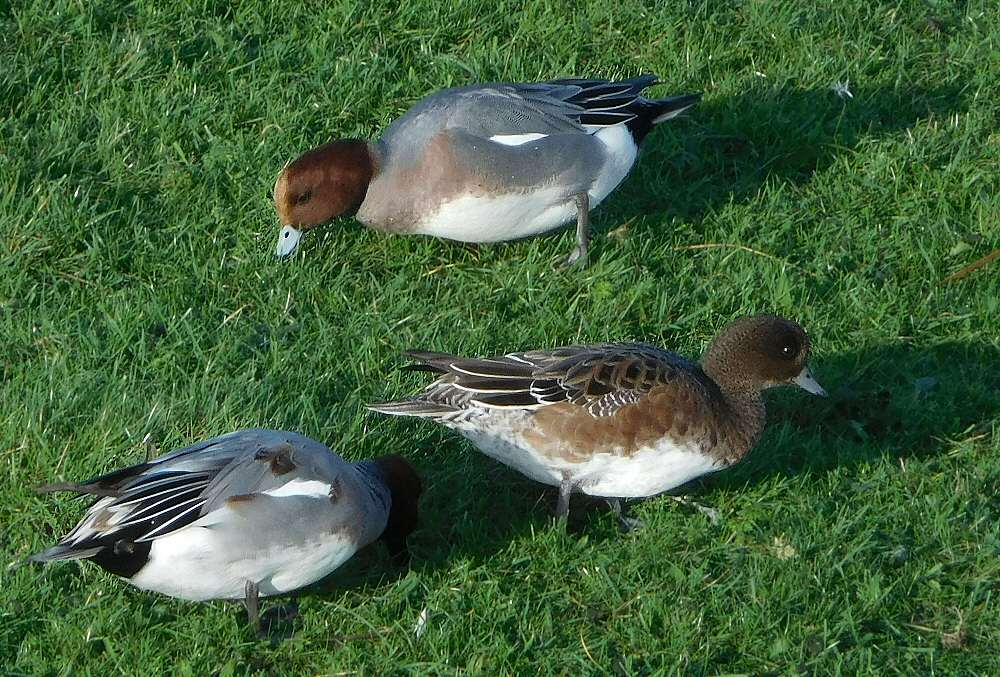






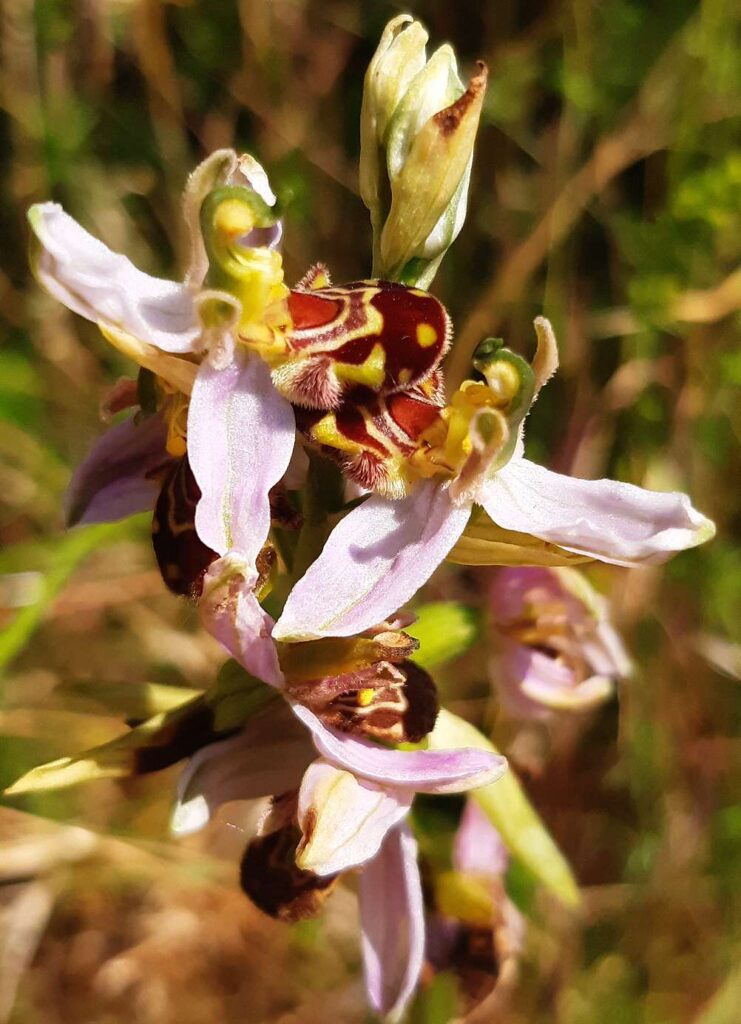
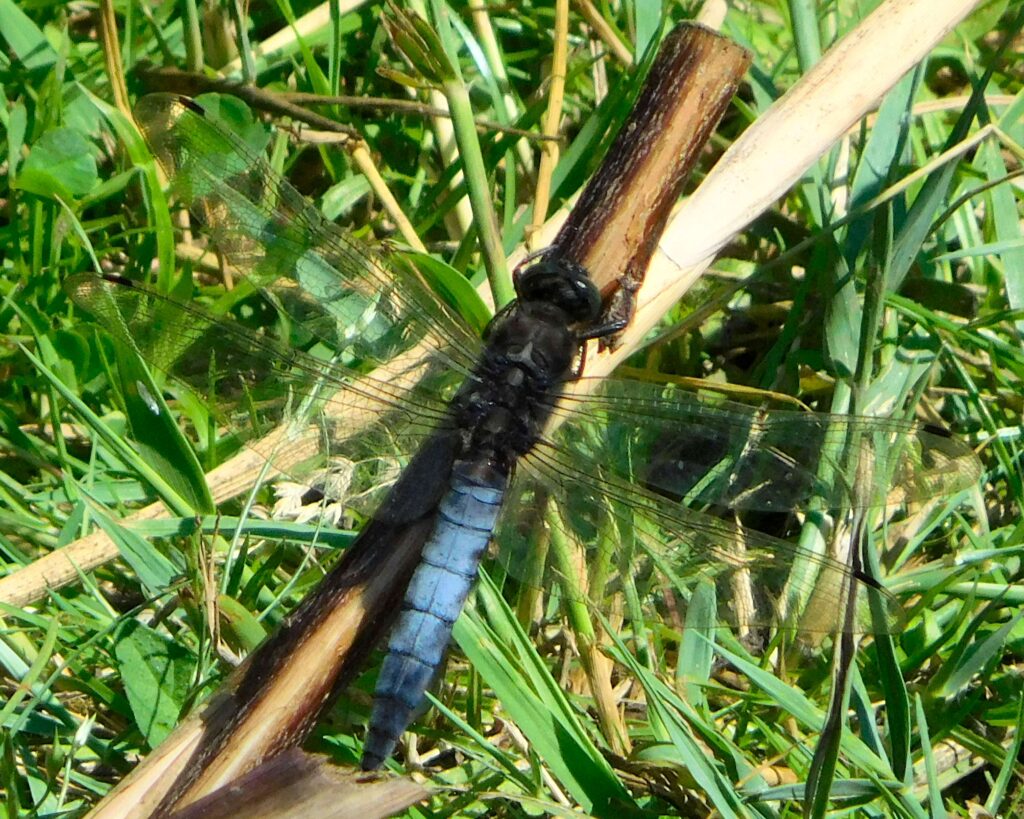
The whole of the wetland was sparkling with Emperor Dragonflies patrolling the pools: a few females laid eggs by Water-Lilies, the males occasionally chasing prey, or a rival. The margins were full of Azure Damselflies, nearly all males: I saw one pair in wheel formation.
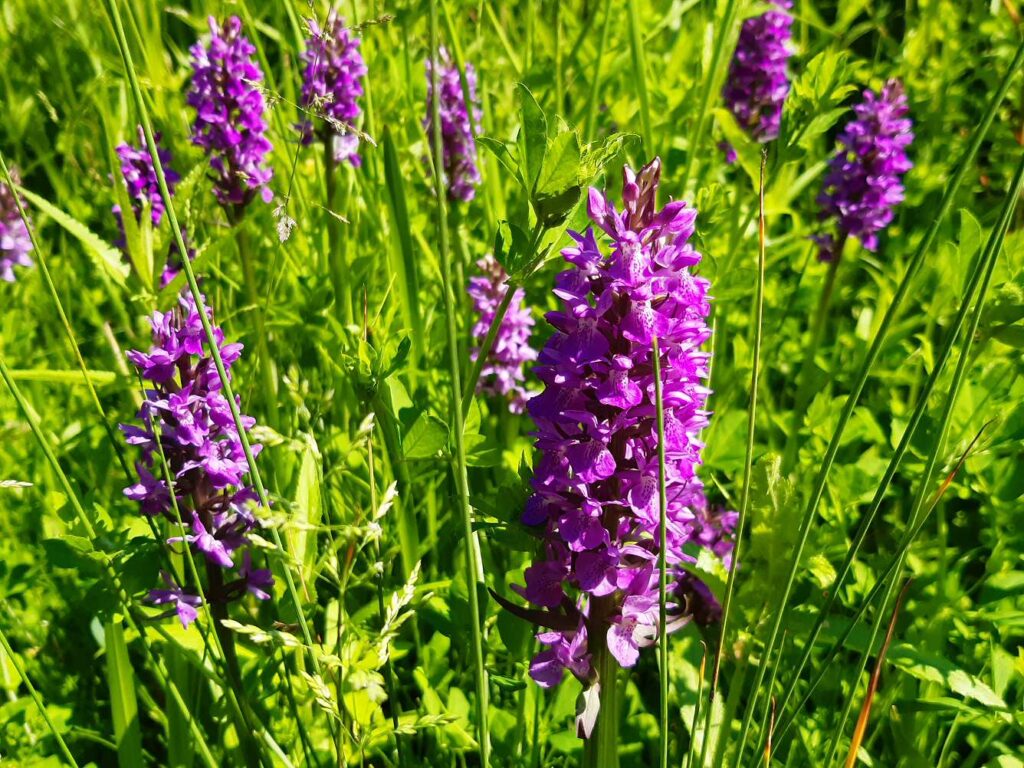
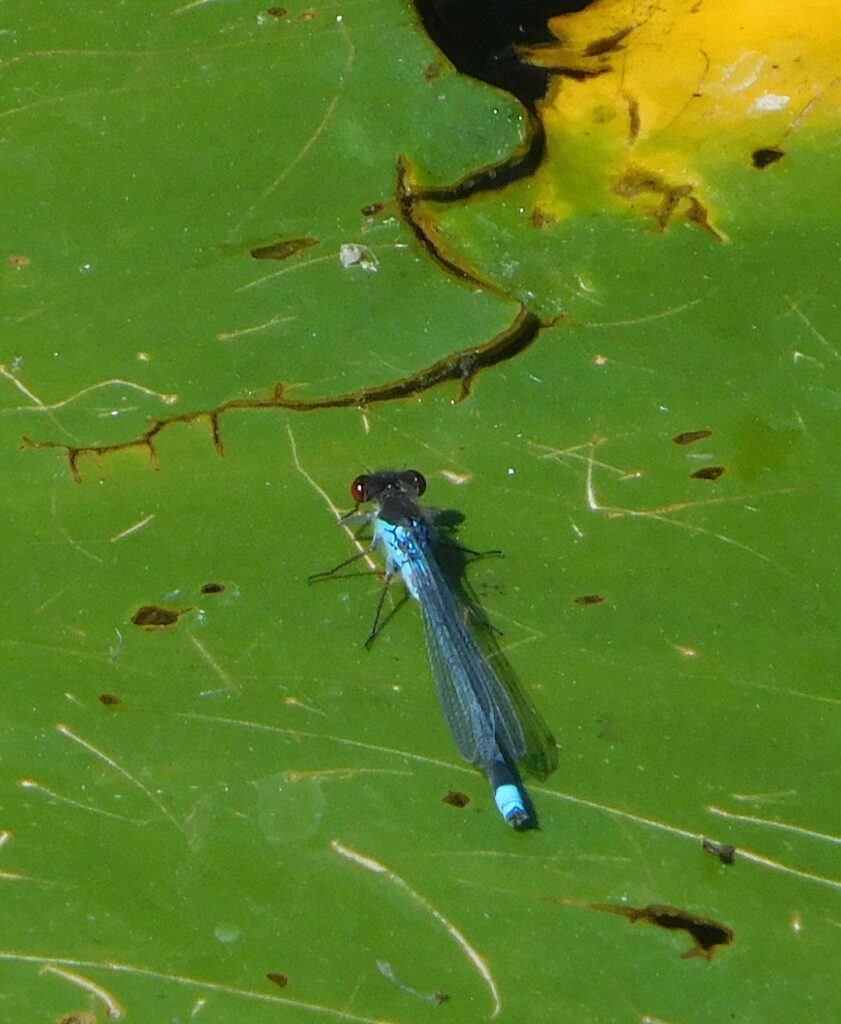
Several Red-Eyed Damselfly males displayed on lily-pads, chasing off rivals; occasionally an Azure came by too. Over one or two of the smaller pools, a Hairy Dragonfly patrolled; one of them had an aerial tussle with a similarly-sized red dragonfly, I think a Common Darter.
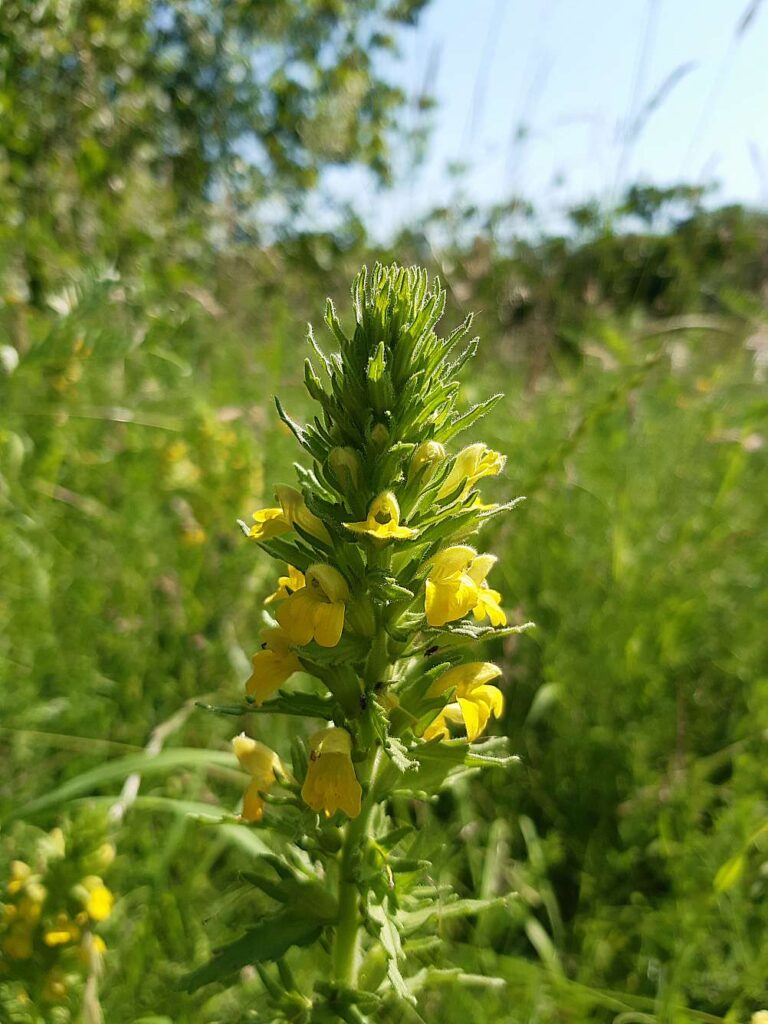
Overhead, quite a few Sand Martins caught insects over the water (well, the Wetland Centre does sport West London’s only Sand Martin bank, an artificial river cliff), along with a few Swifts, and I think exactly one Swallow … it feels as if something terrible has happened to these populations. They have to migrate across the Sahel, the Sahara, the Mediterranean, and numerous populations of hungry village boys and keen shooters, so it’s something of a miracle there are any left: and that’s not even speaking about climate change.
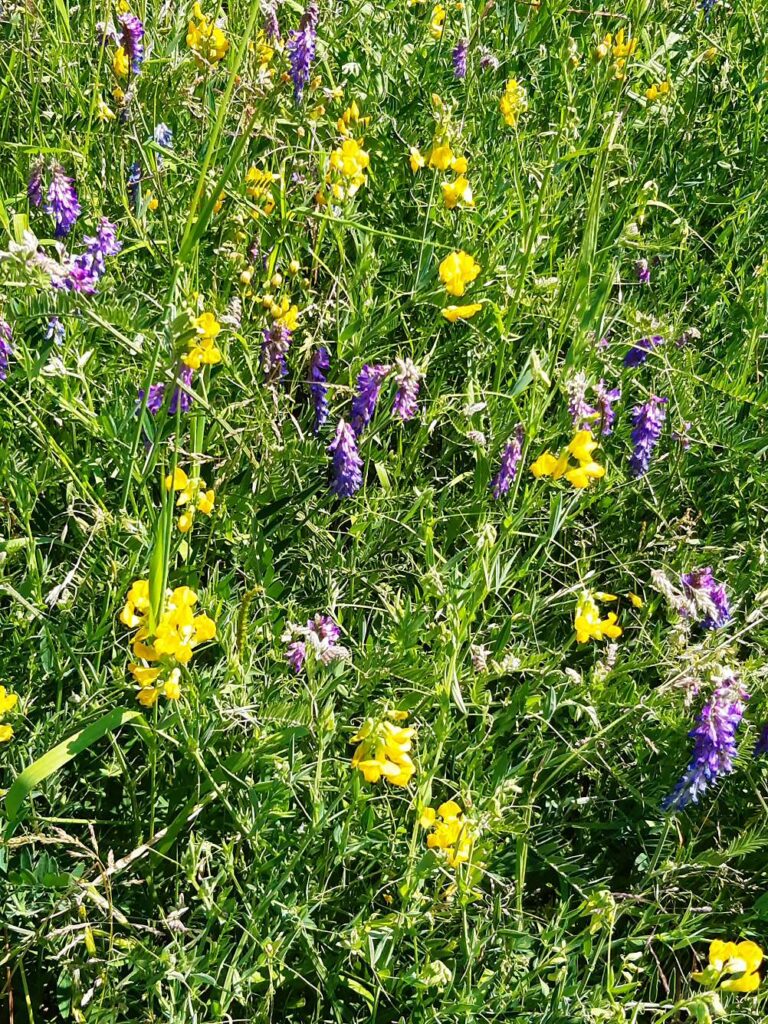
A couple of Common Terns, presumably those breeding on the Wetland Centre’s lake islands, made their bright and cheery waterbird calls as they wheeled about, searching for glimpses of tiny fish to dive in and catch.
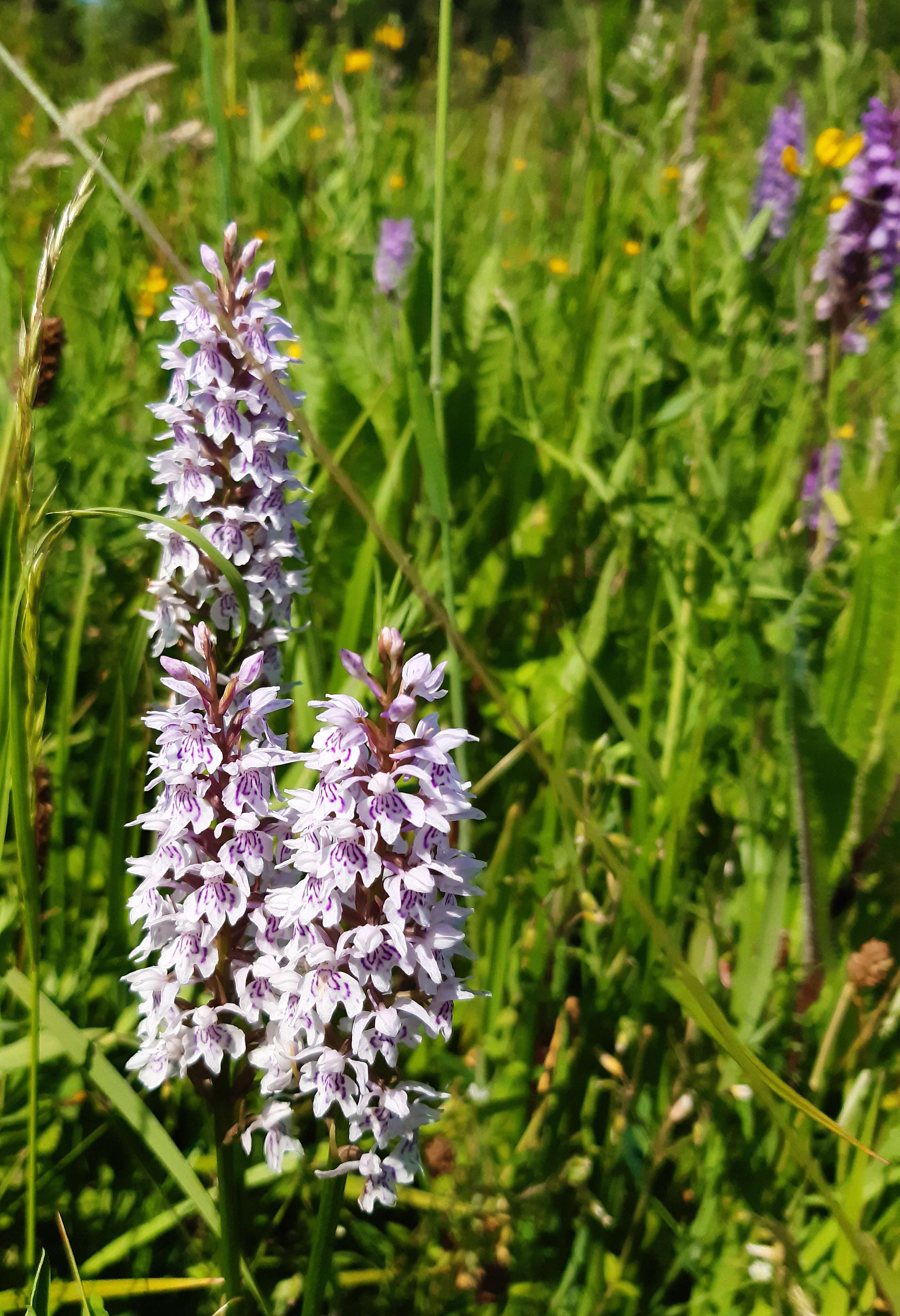
There were only a few butterflies about – a Red Admiral, a Holly Blue, a couple of Speckled Wood, some Whites, a female Brimstone. For me, the bees and pollinators looked well down on normal, too. Amidst the warmth of the day, the beauty, the peace, and the brilliant colours, it is a sombre tale of decline.
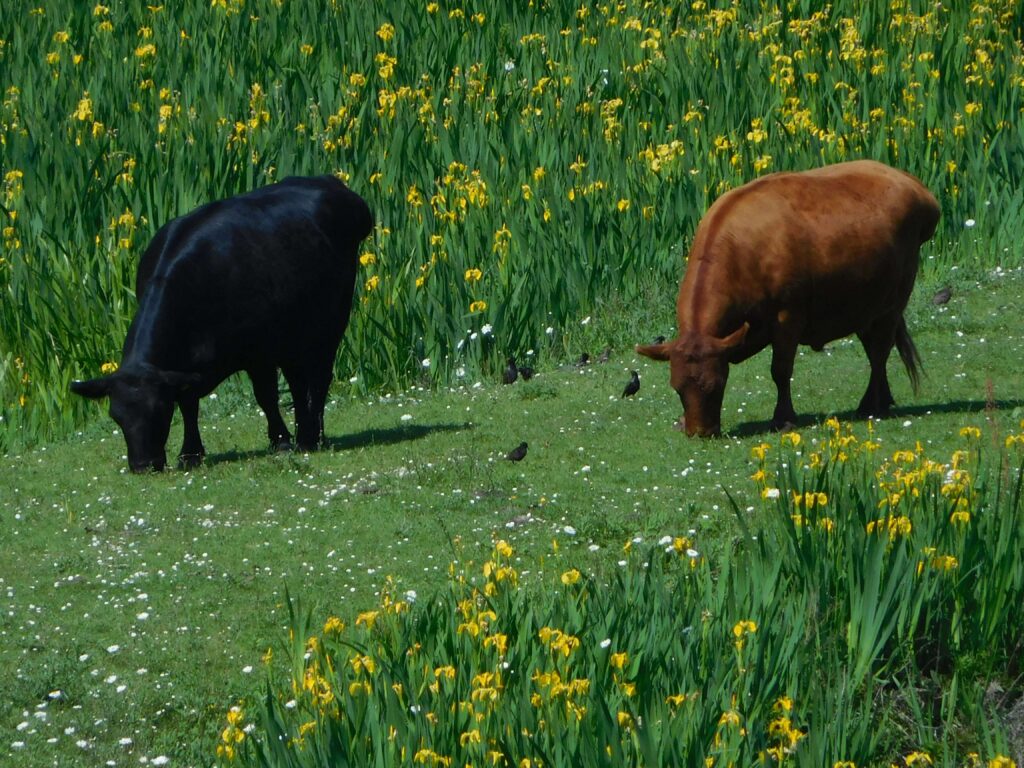
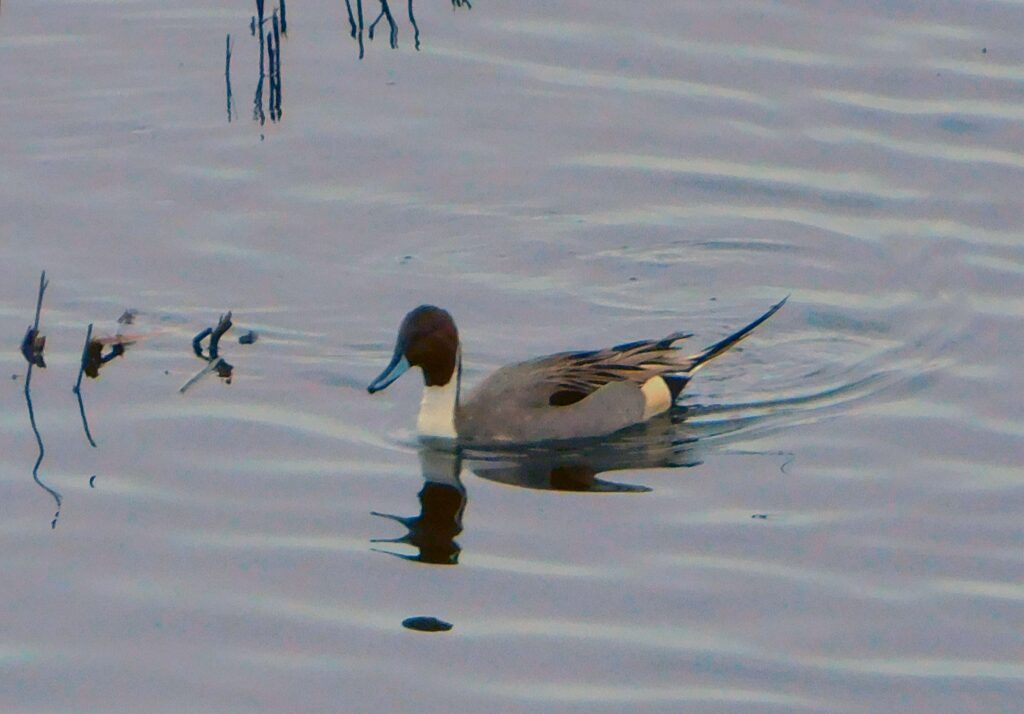
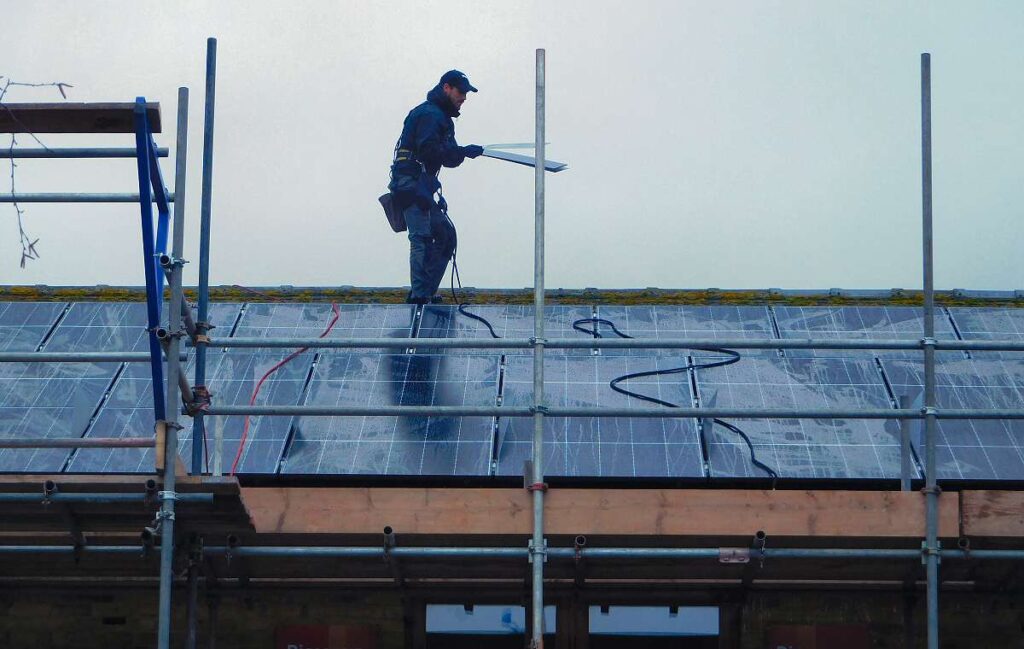
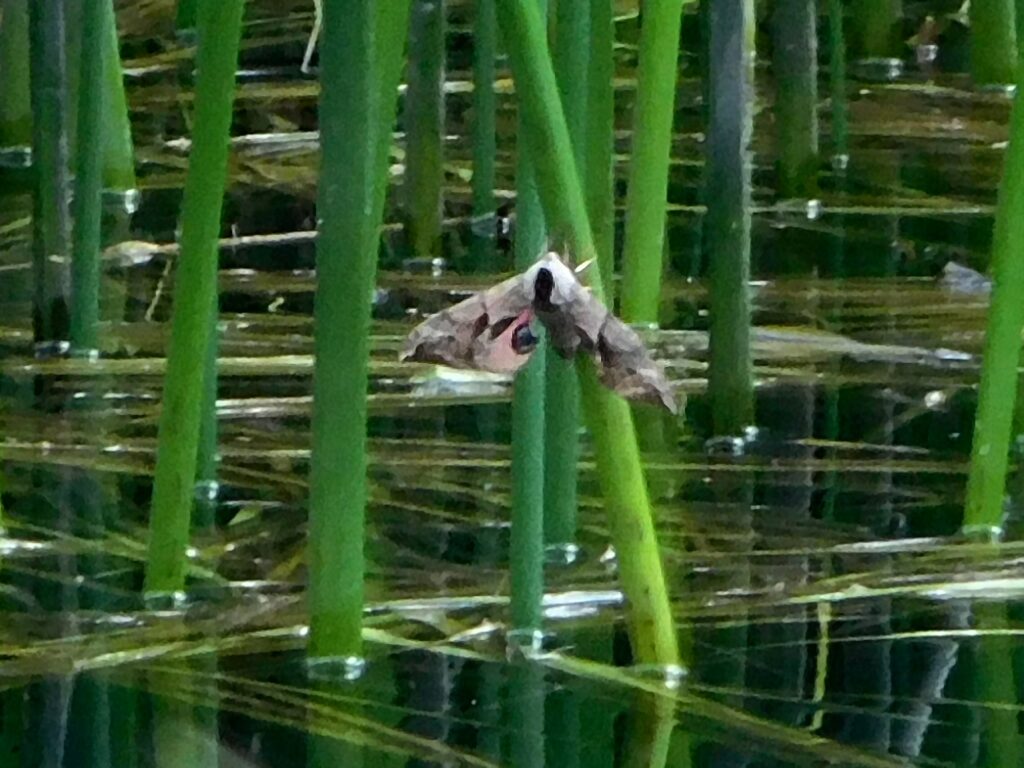
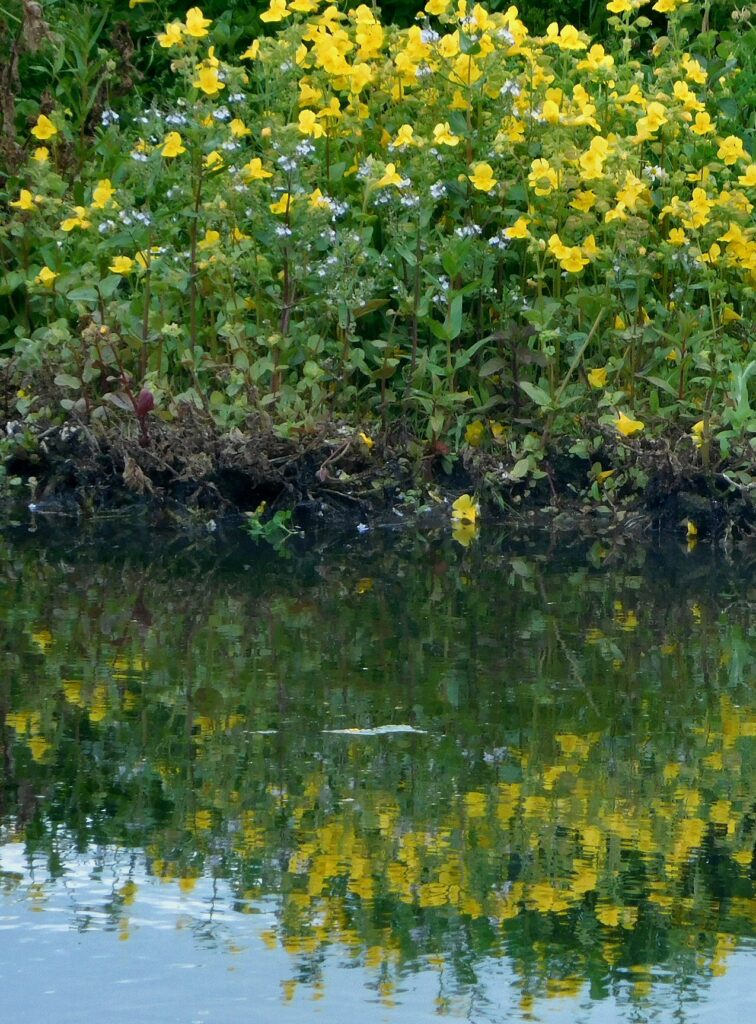
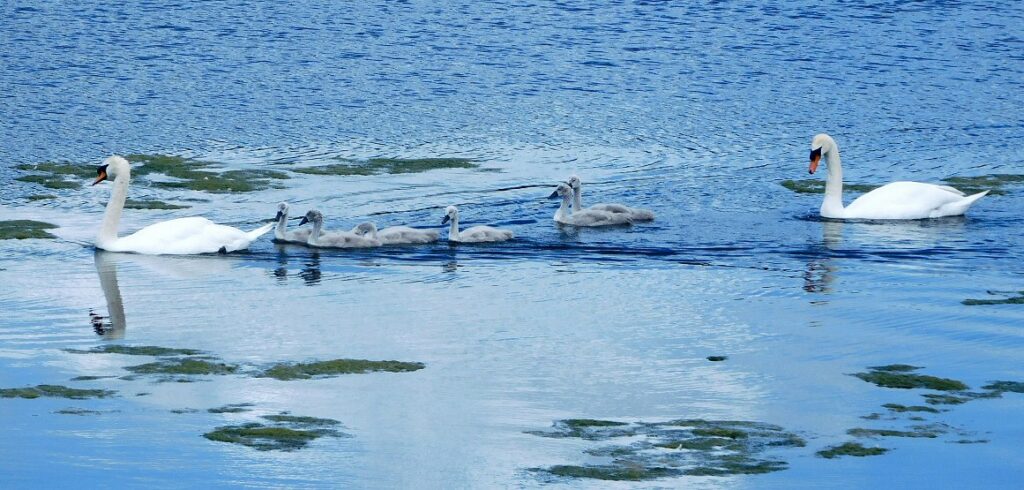
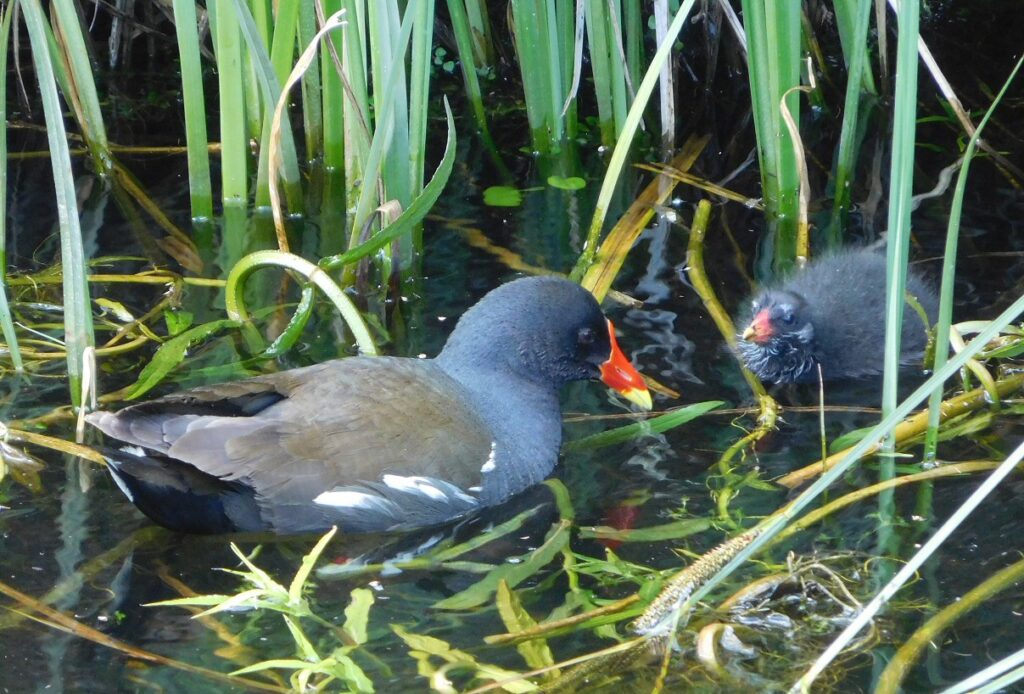
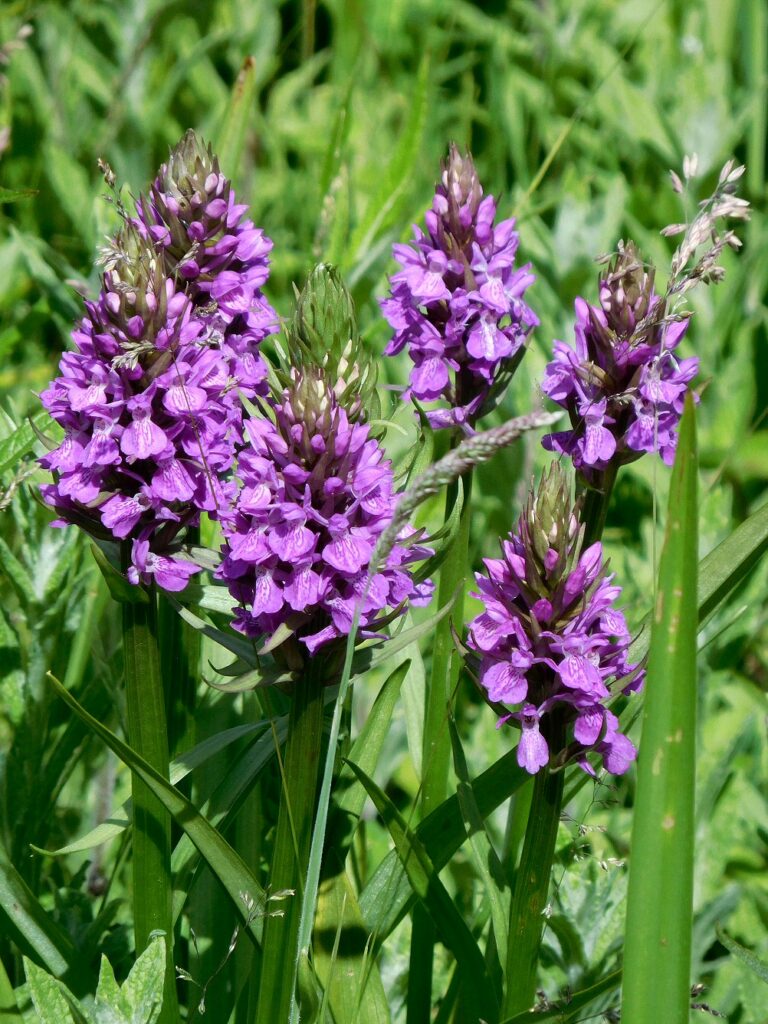

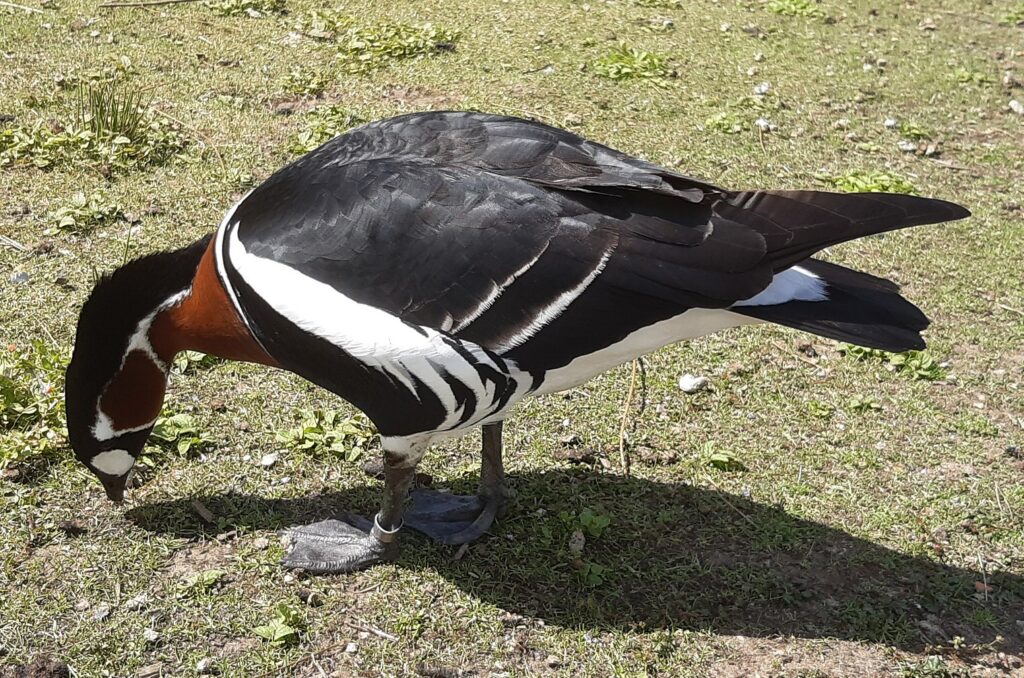
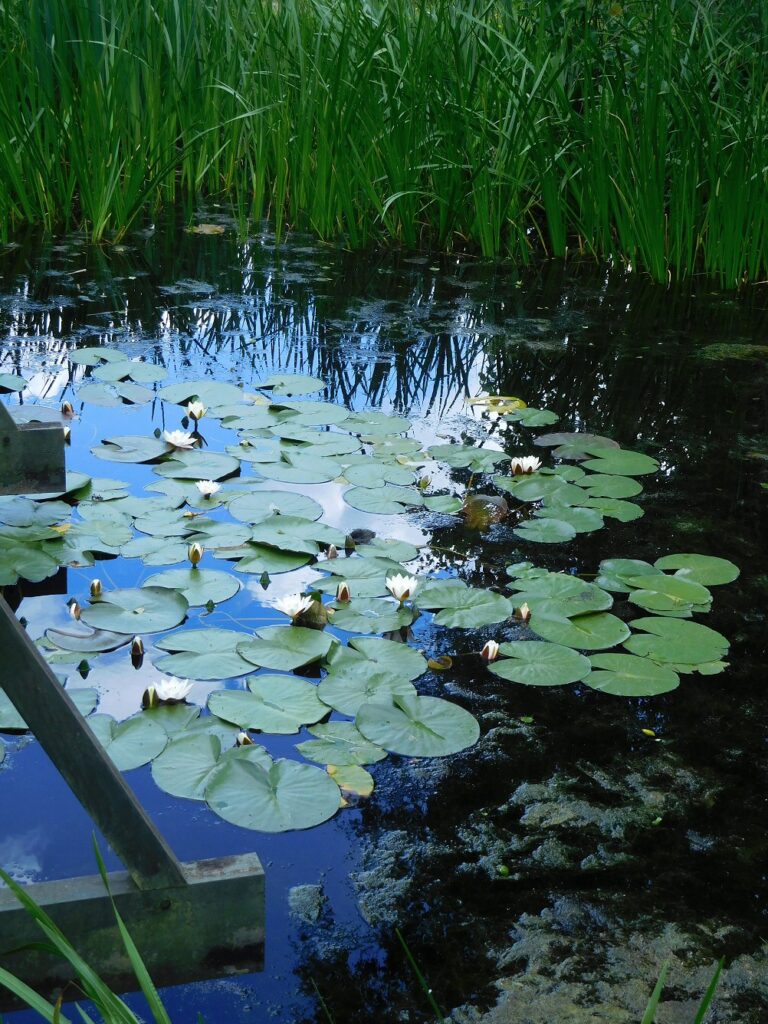
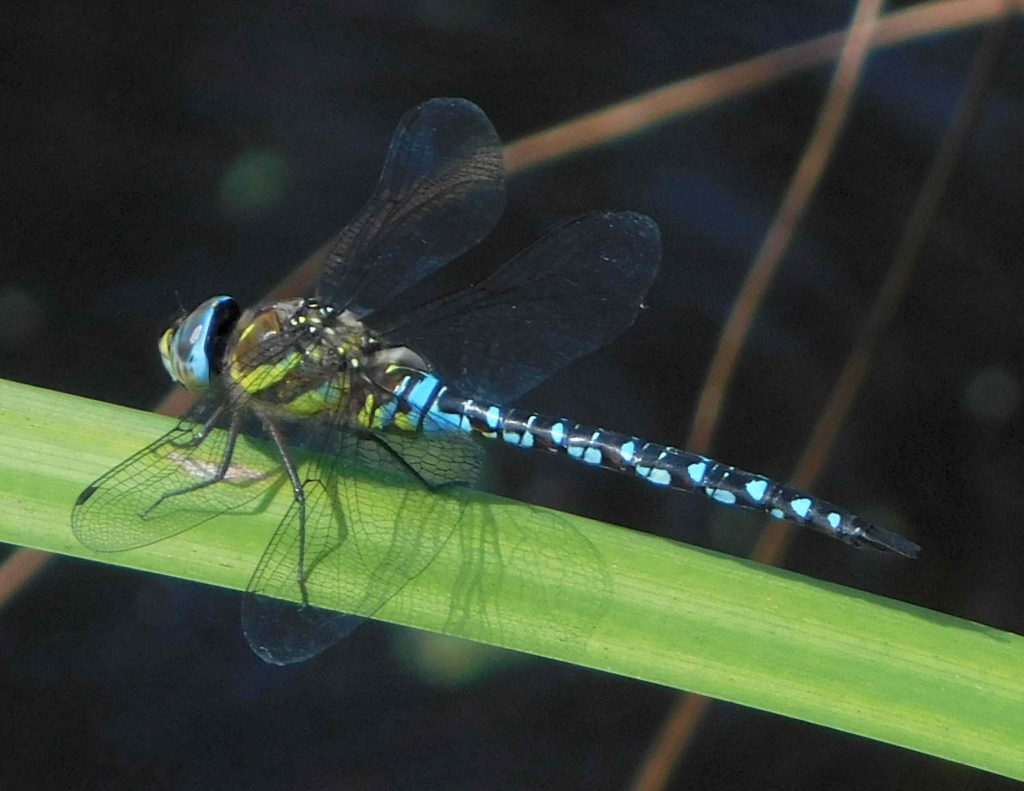
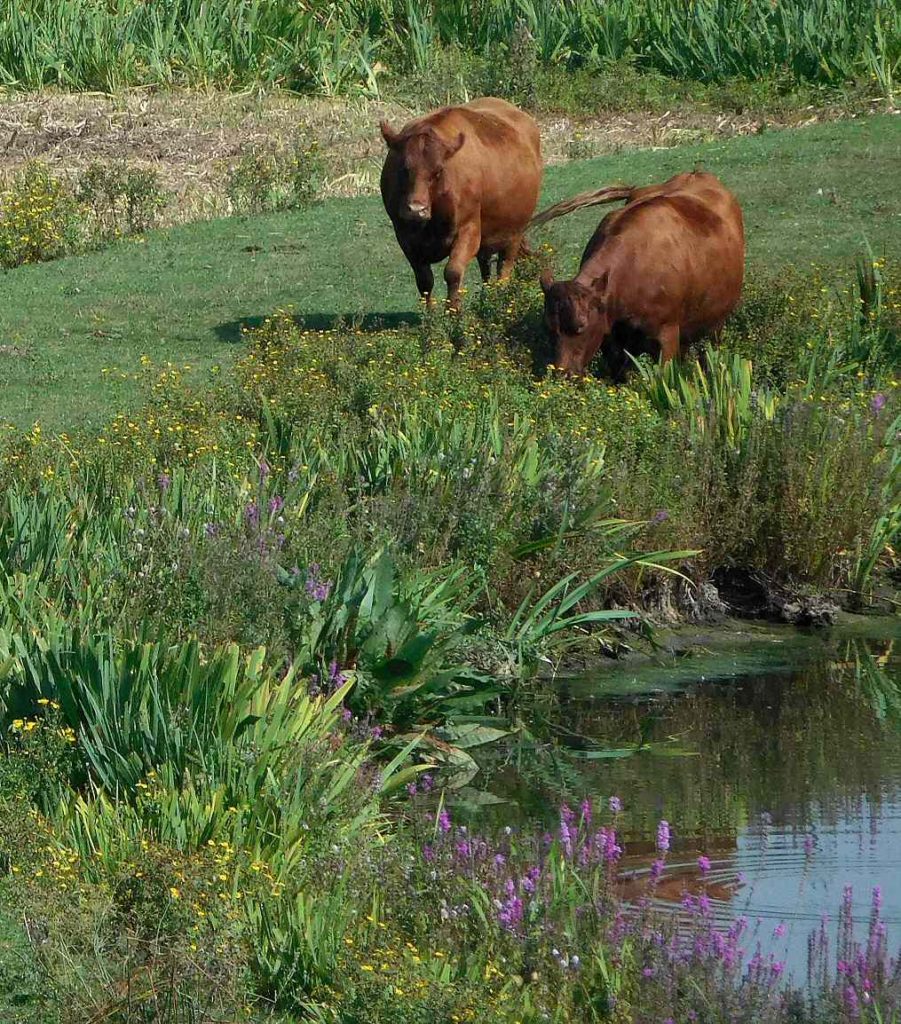
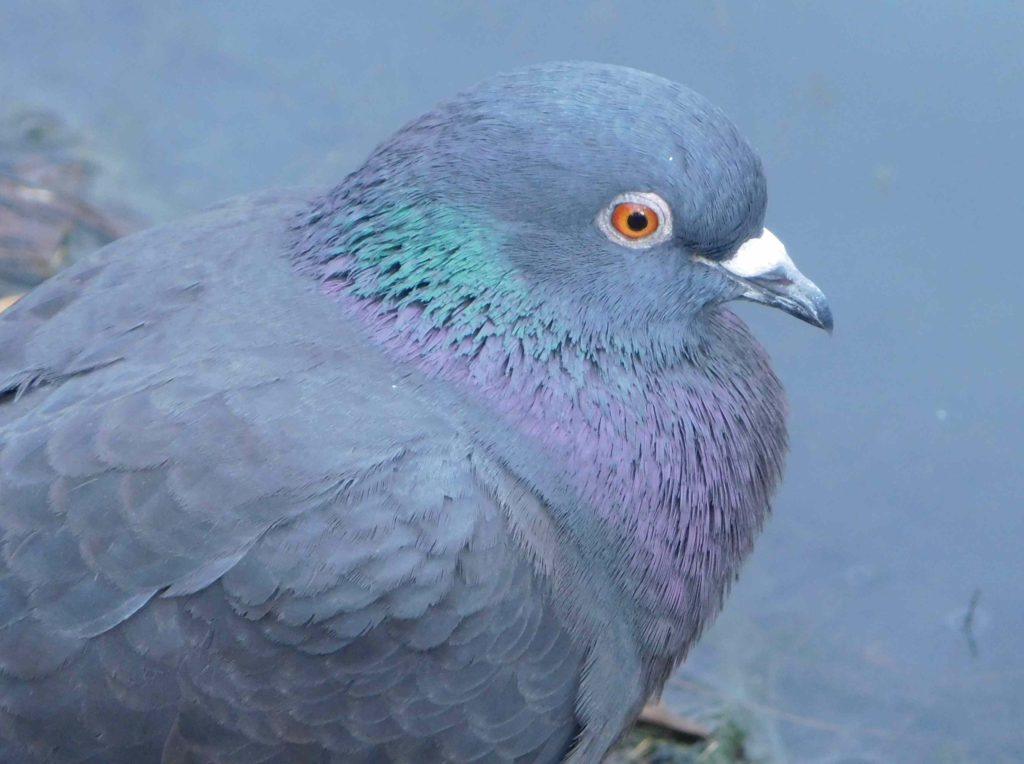
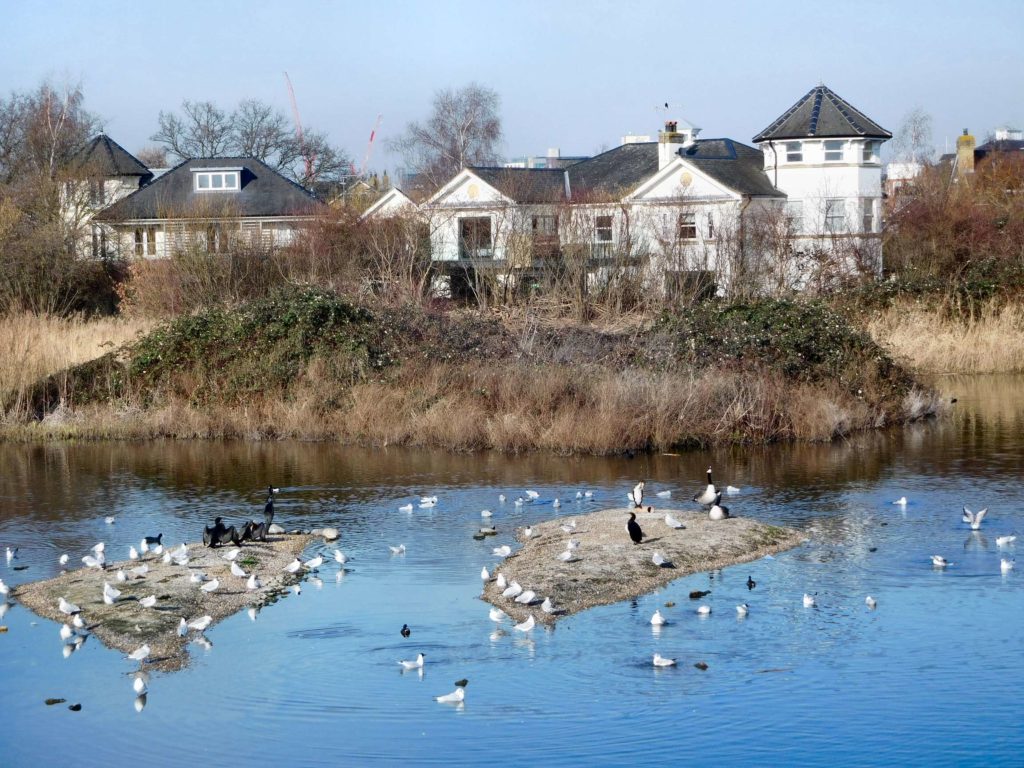
The WWT’s London Wetland Centre of course brings nature close, from faraway reedmarshes to a corner of our great city. But today I want to look at some features which go much further, bringing nature within touching distance, even if the observer is in a buggy or wheelchair.
The Wetland Centre achieves this with a whole lot of ideas, implemented in robust and attractive materials. One is the accessible pond, in the Thames Water Pond Zone. Here, there are raised ponds (about knee height) surrounded by asphalt, so a group can get up close. The sides are made of railway sleeper-sized chunks of wood, arranged for convenient sitting, and there are built-in interpretation signs with well-drawn pictures of common pond animals. Pond-dipping is allowed under supervision.
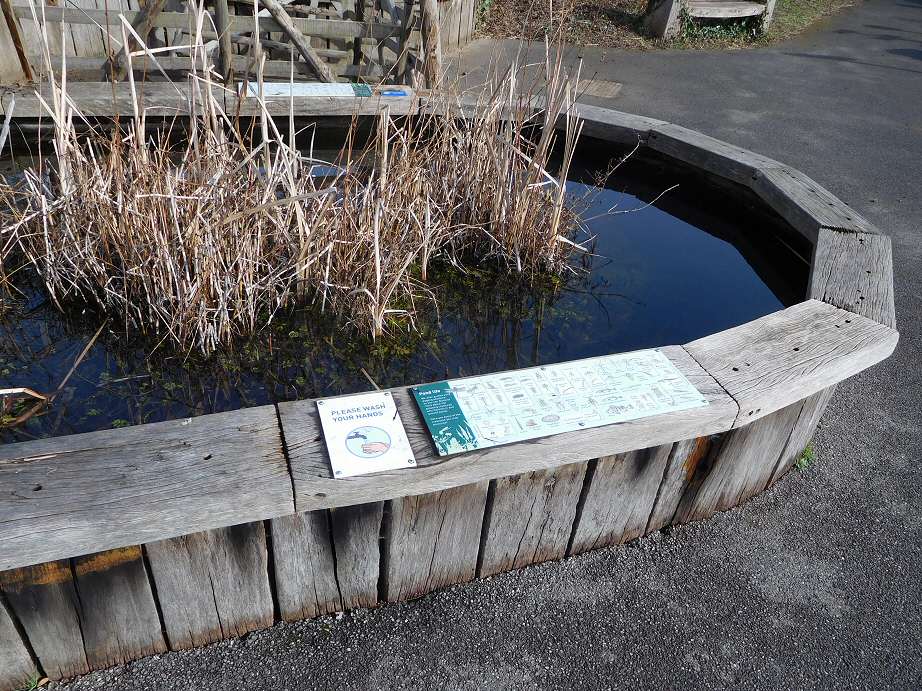
The Pond Zone actually has a different kind of accessible pond, more like an aquarium: a robust concrete tank, with an impressive front wall of 50mm thick bullet glass. This is presumably intended to let visitors get really close to (well, 50 mm away from) the pondlife, but not to touch. Ingenious, but it doesn’t feel as natural as the railway-sleeper pond, for my money.
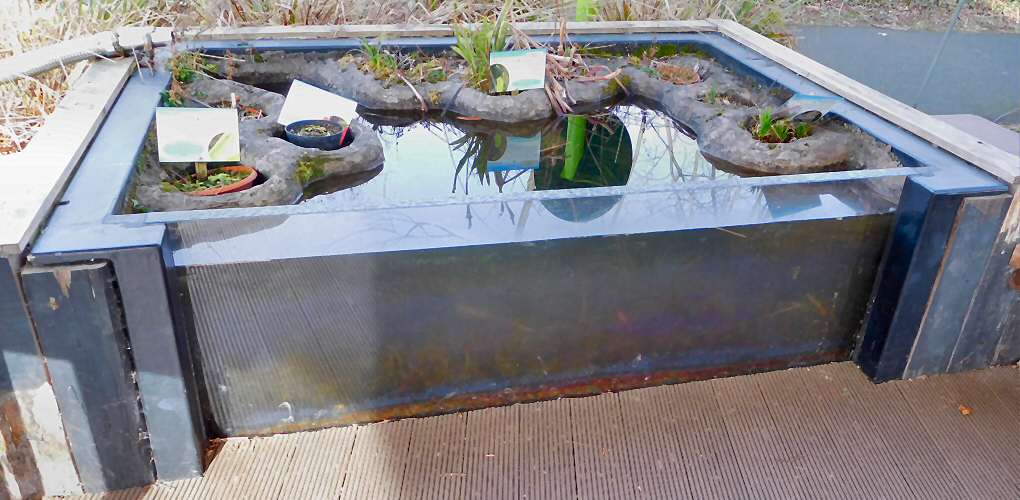
Accessibility goes for plants as well. Here’s the Herb Garden, next to the beautiful thatched reedbed museum, again with chunky wood to sit down on. Very cosy.
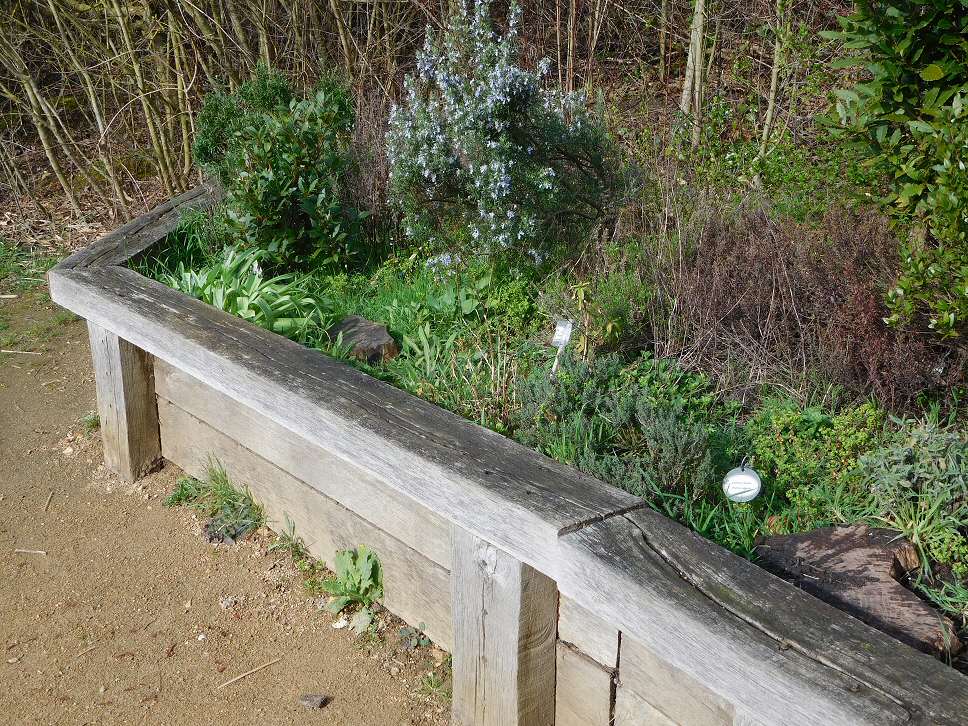
Ok, so that’s ponds and herbs. How about Accessible Bees? The towering bee homes (there are several of them) are certainly talking points.
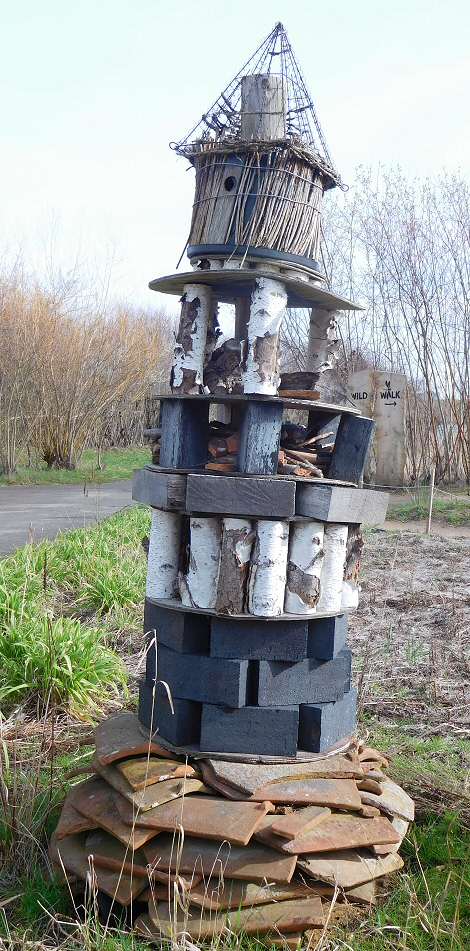
The spacious Rain Garden has some nice touches, like an array of large boulders sporting mosses and lichens.
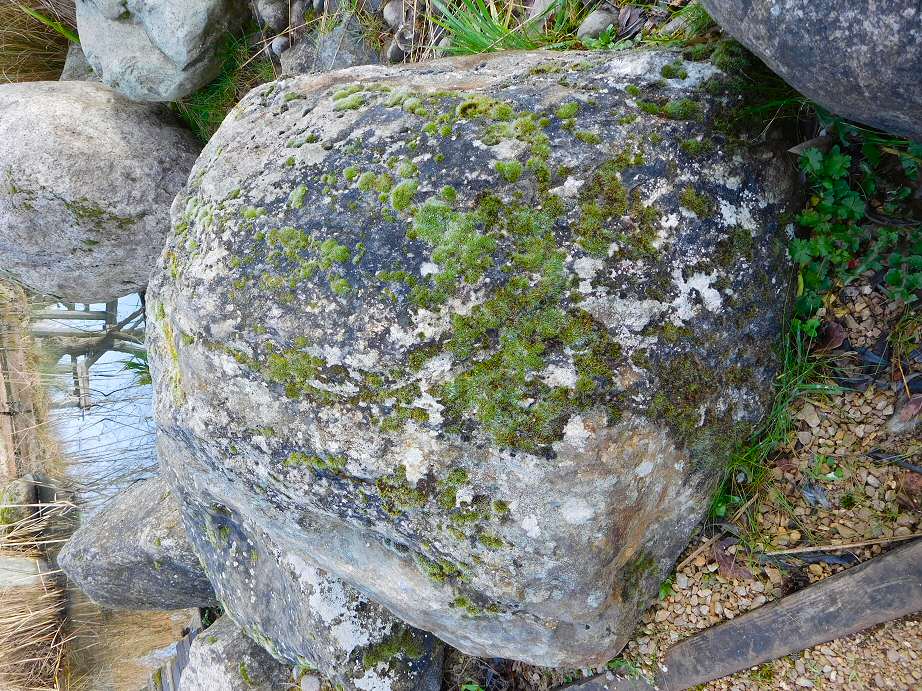
Nearby is a very pretty loggery. The fungi are certainly flourishing.
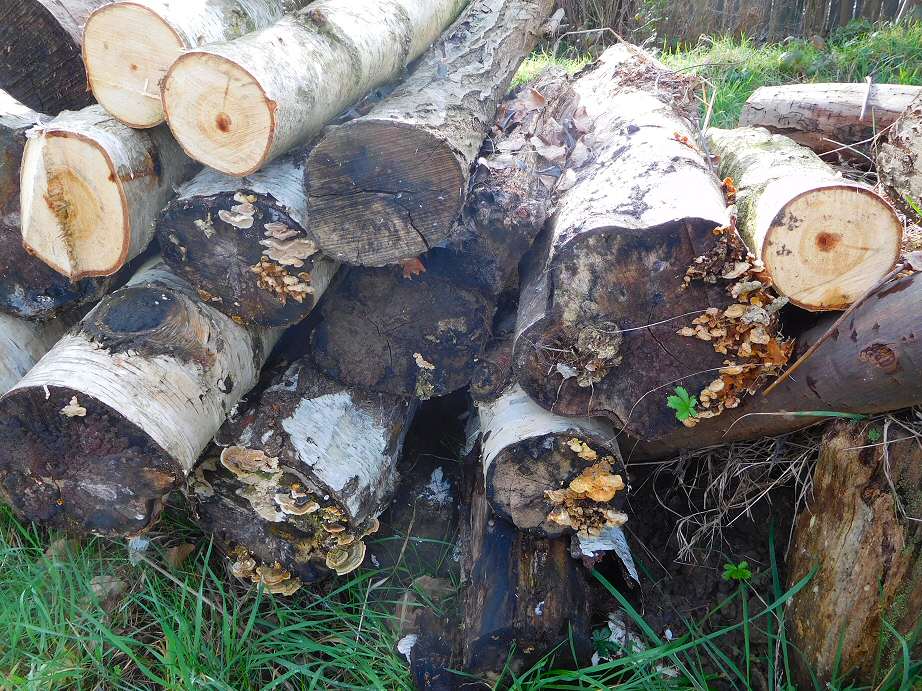
The planting beside the main building puts a giant flowering Rosemary bush against the brickwork, to stylish effect.
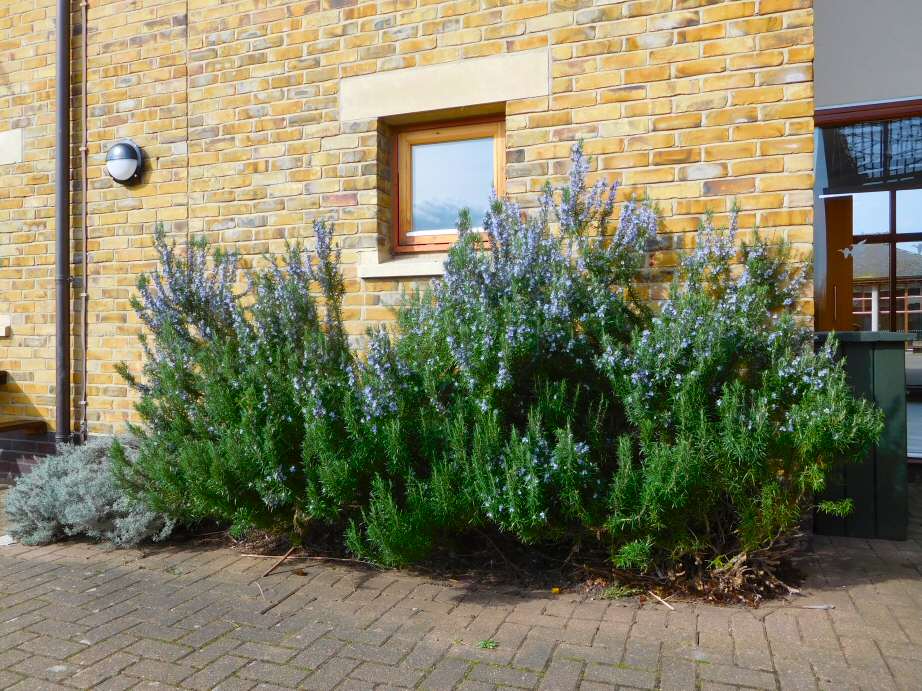
Some of the hides have low ‘green’ rooves. This one is covered in masses of the bushy lichen Cladonia ramulosa with attractive chocolatey apothecia (fruiting bodies). Some red Stonecrop lurks in the background (you can’t have everything). It’s definitely “nature up close”.
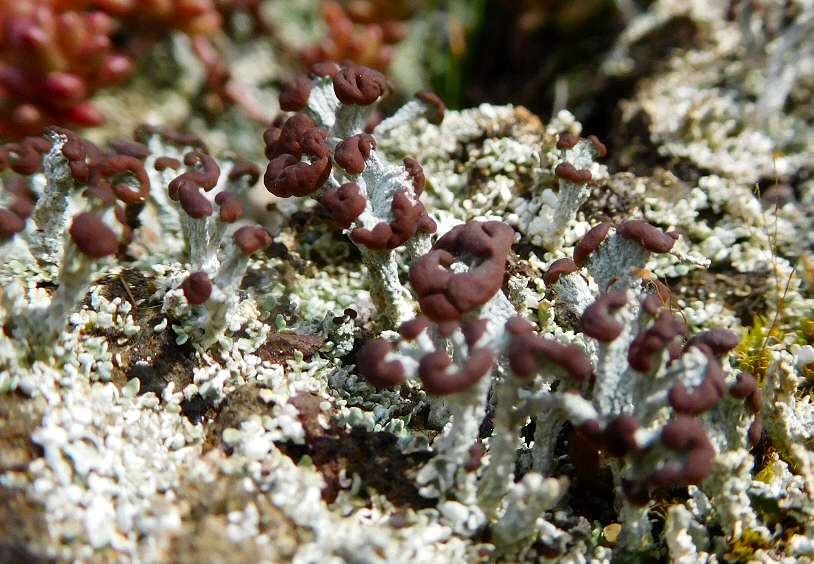

Well I don’t seem to have made it to the Wetland Centre for ages, but this gloriously sunny day was irresistible. It was an astonishingly quiet cycle ride along the river and through the backstreets, away from the grinding traffic.
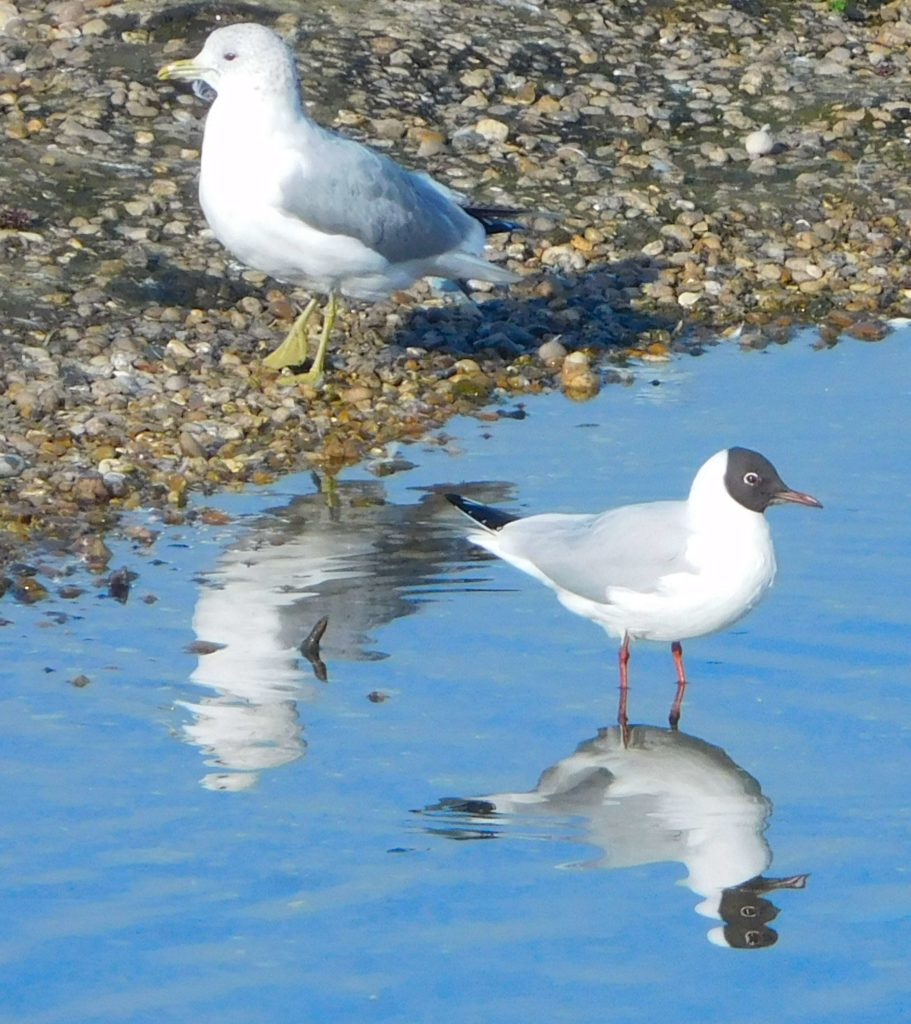
The centre was even quieter, as far as engine noise was concerned; from the hides over the Main Lake, birdsong, or rather the sharp calls of ducks and gulls, was all I could hear. The paths and play areas were heaving with families on Half-Term, young fathers looking unexpectedly burdened with excited and active toddlers.
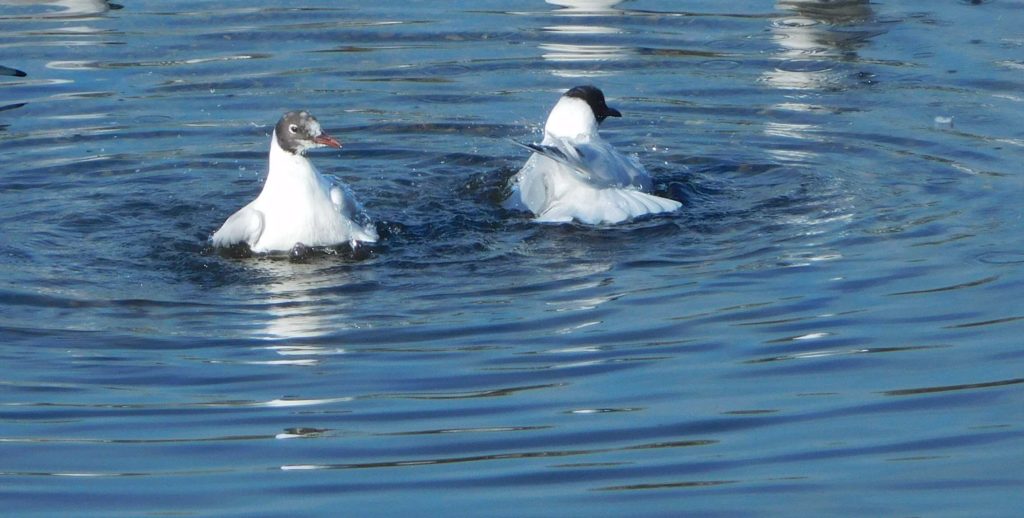
The birds, marvellously undisturbed, got on with their normal behaviour: I watched dominant/submissive social interactions, and of course preening and bathing in the calm shallow water.
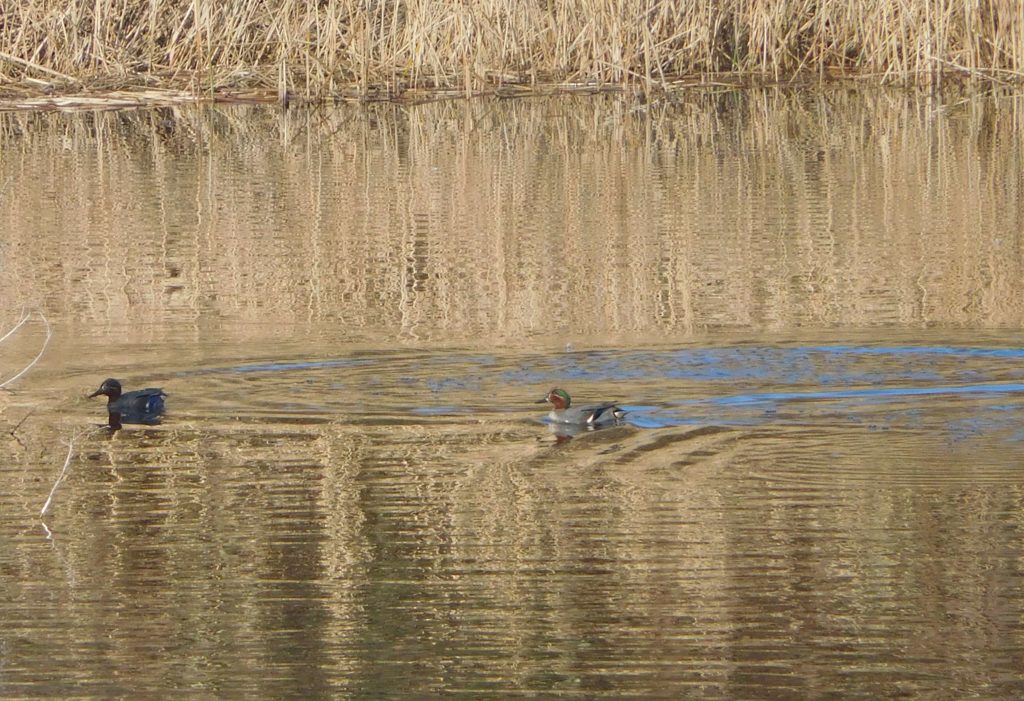
The different gulls showed off a rich variety of breeding and immature plumages, of which each species has many. At this time of year, the species look maximally different, as they signal their fitness to potential partners.
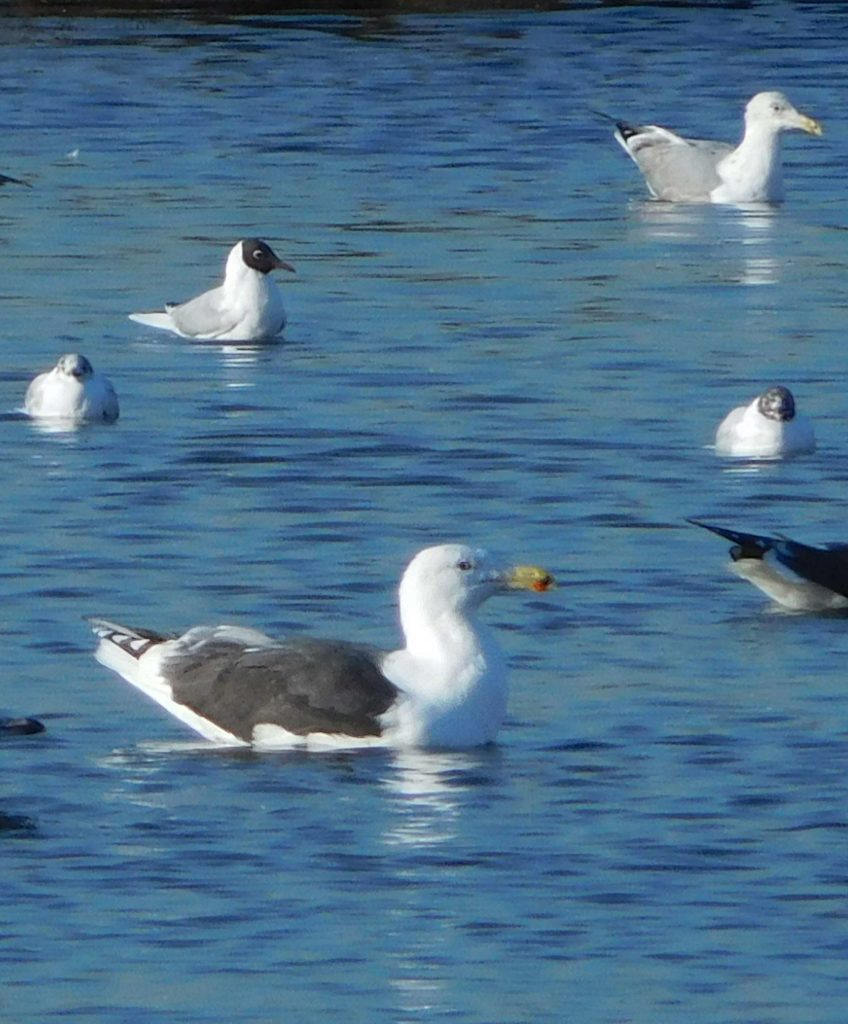
Ducks seen included Pintail, Teal, Mallard, Tufted, Shoveler, Wigeon, Pochard, and Gadwall. A mob of Lapwings, perhaps a hundred strong, got up from the islands from time to time, accompanied by Starlings that seem to be convinced they are waders and waterbirds. Cetti’s Warblers called loudly from all over. Long-Tailed Tits whirred about between the willows. Greenfinches wheezed their extraordinary but hardly tuneful spring song and massed on the bird-feeders; Chaffinches hopped about on the ground beneath them, hoovering up the crumbs. Children jumped up and down in the Splashometer puddles and on the deliberately wobbly rope suspension bridge cunningly set at water-level. Mothers wondered how to dry out their shoes. Grandads licked ice cream cones. I saw 32 species of bird, and enjoyed the Common Orange Lichen on the slate roof of the Wildside hide.
